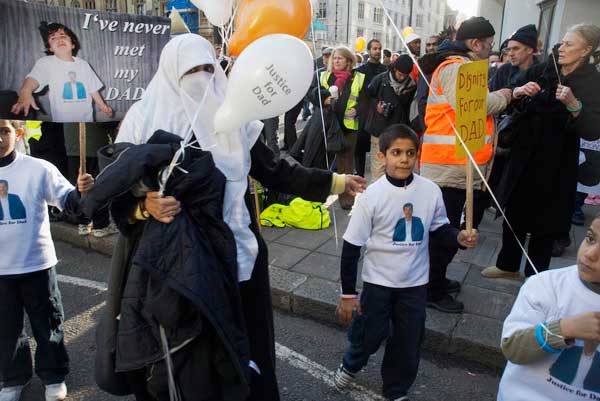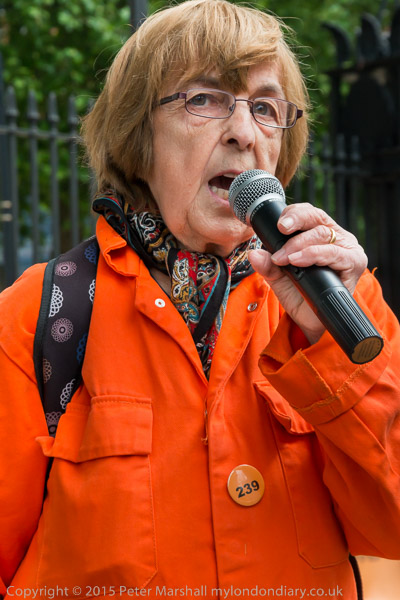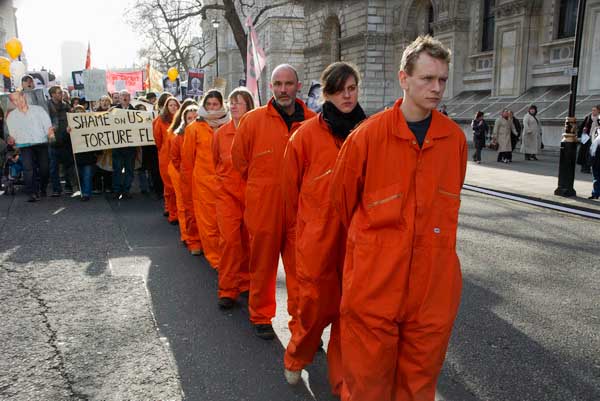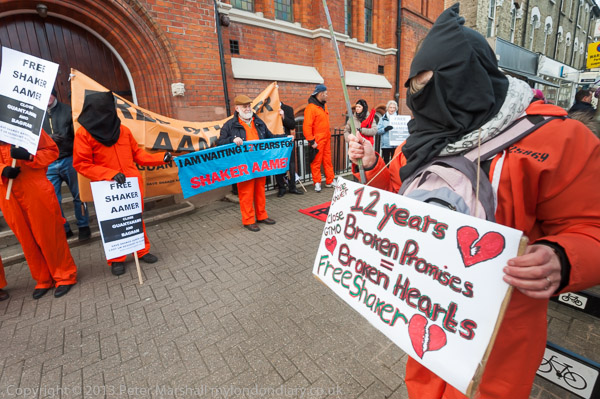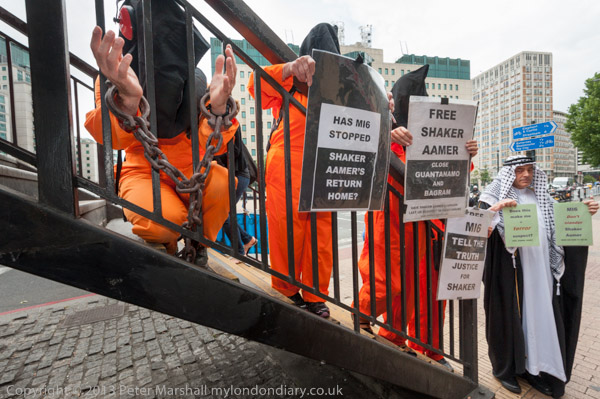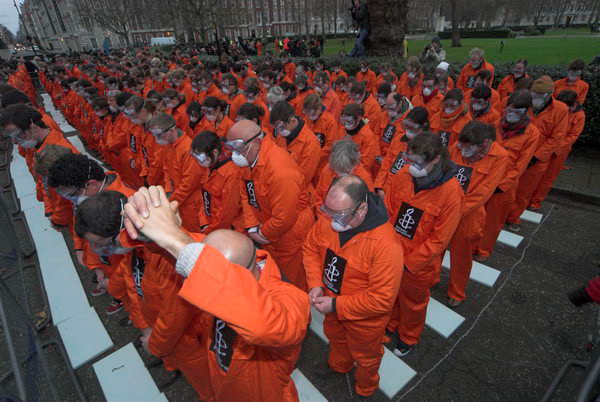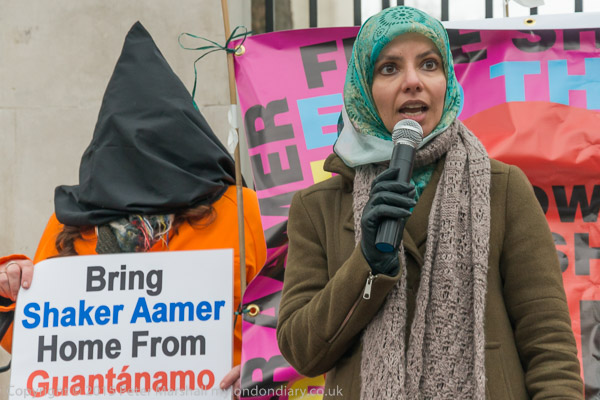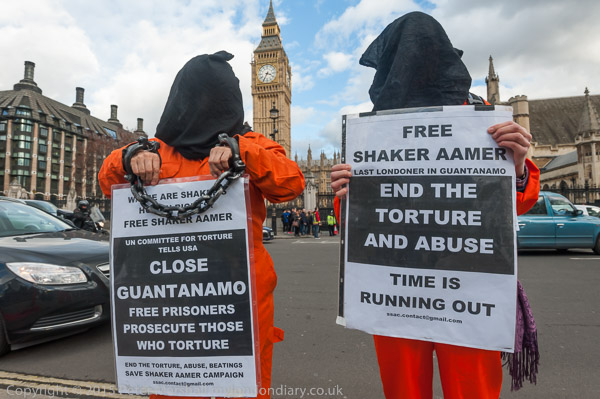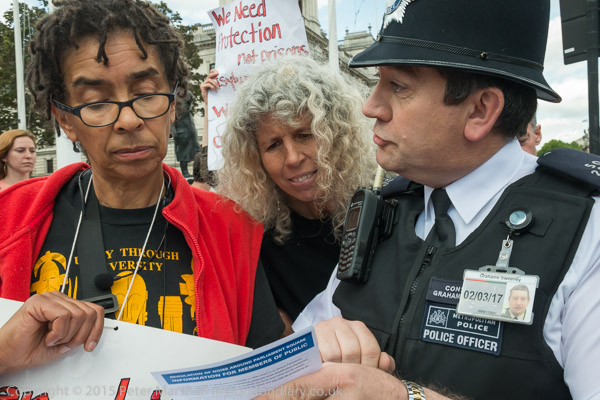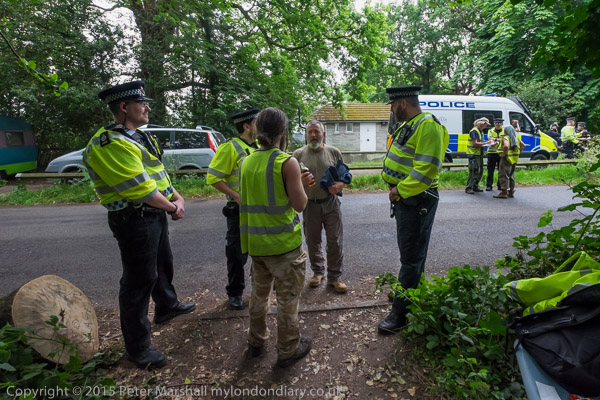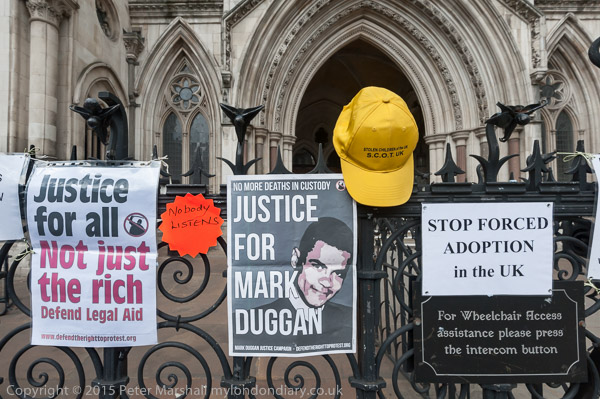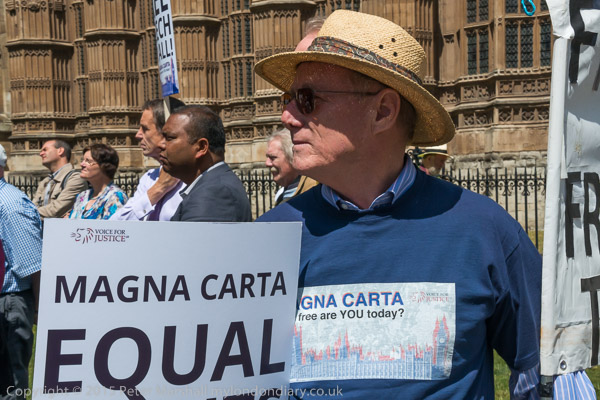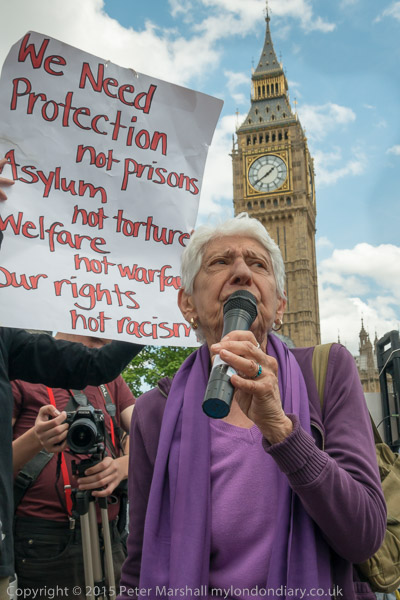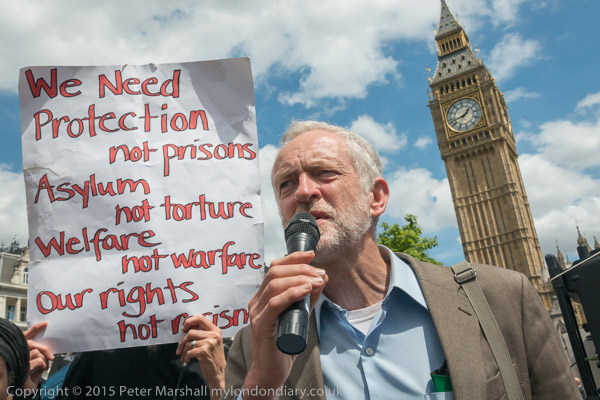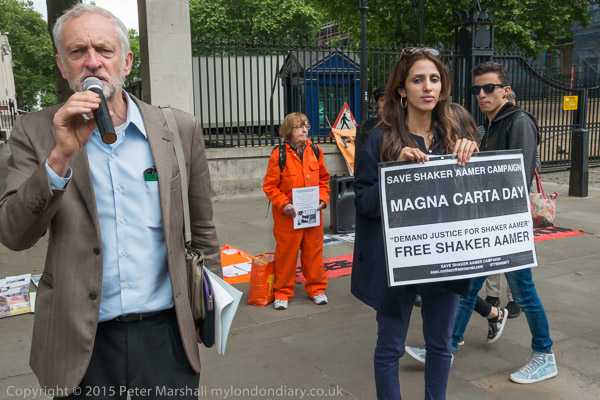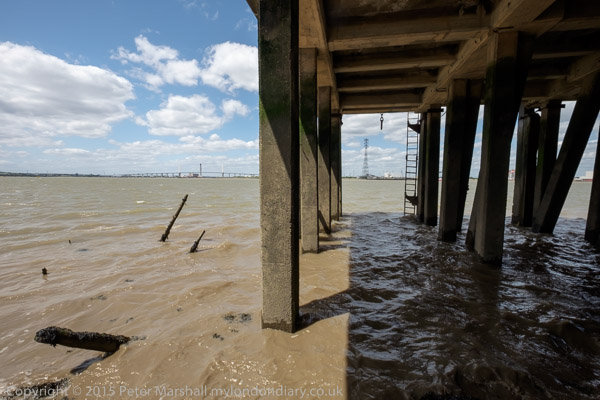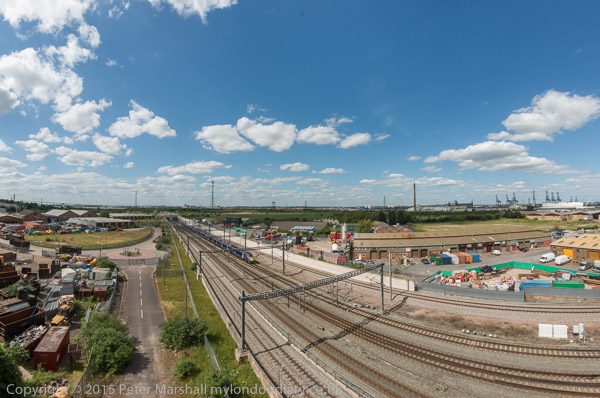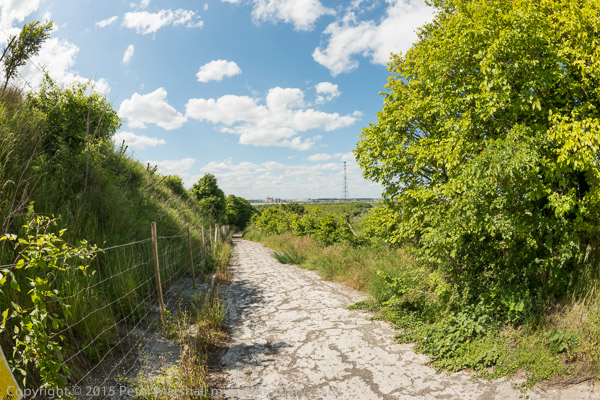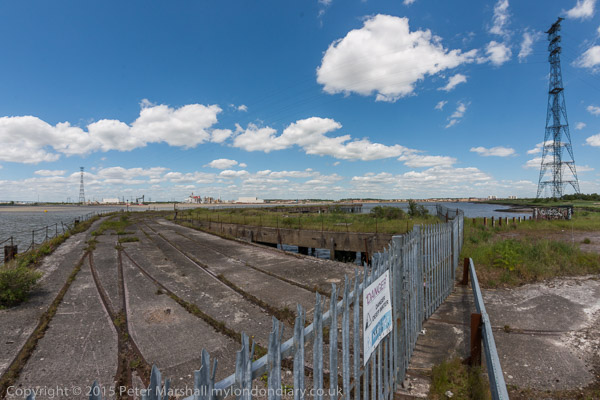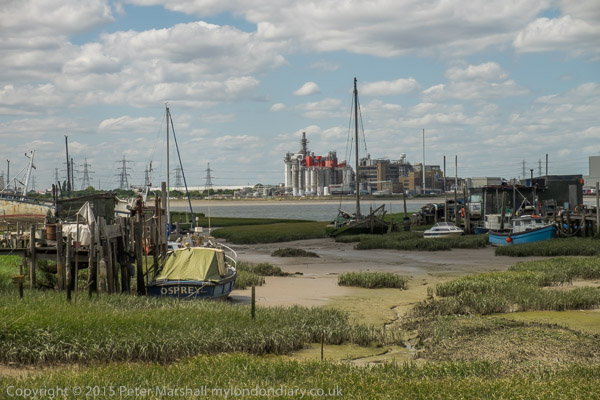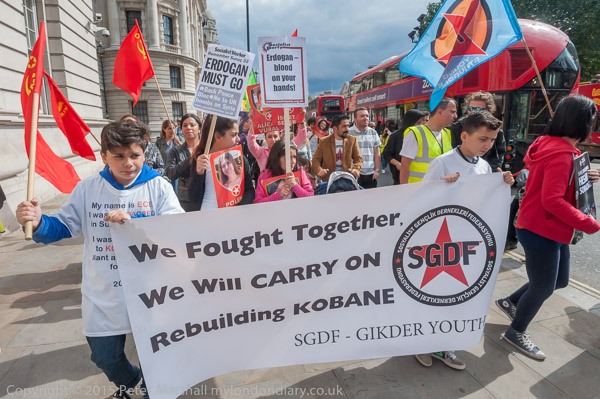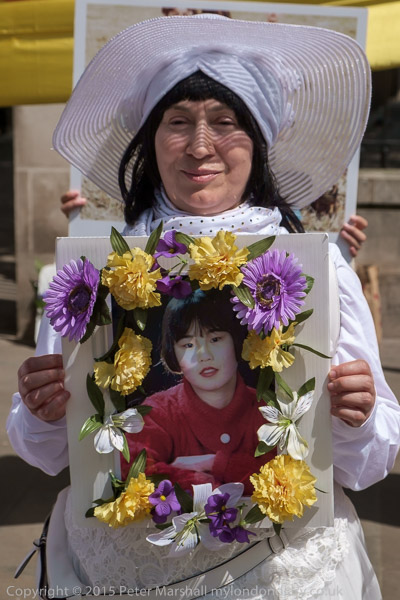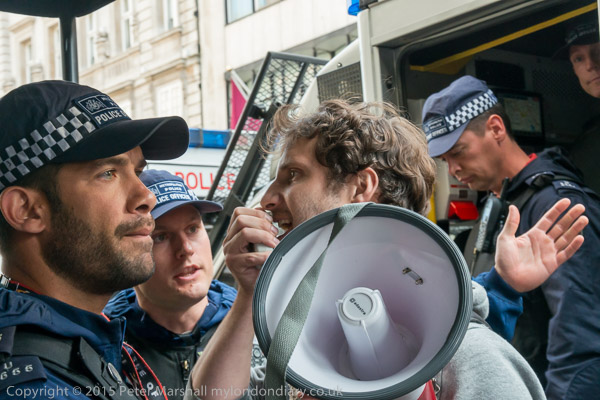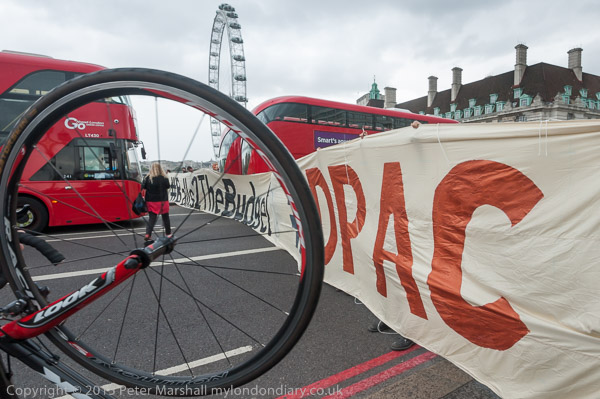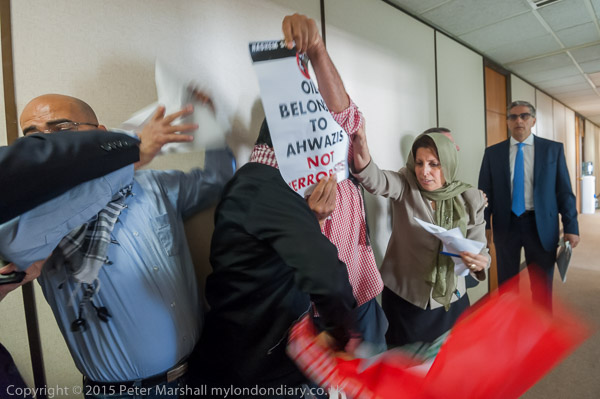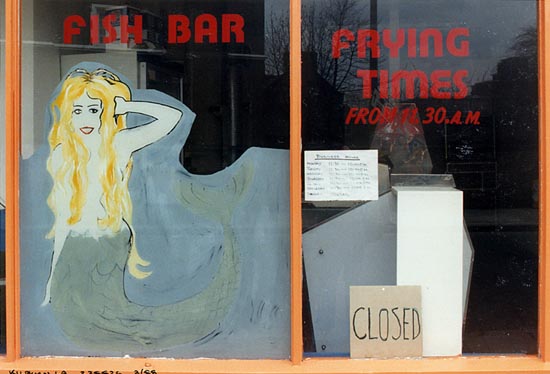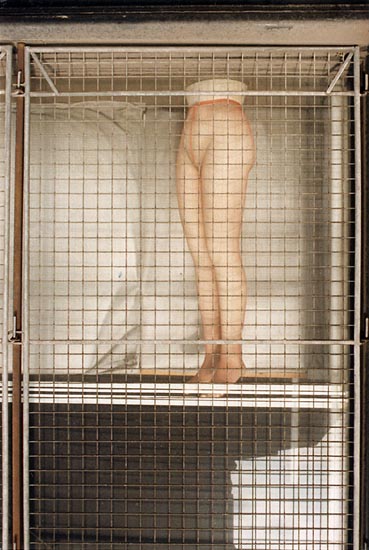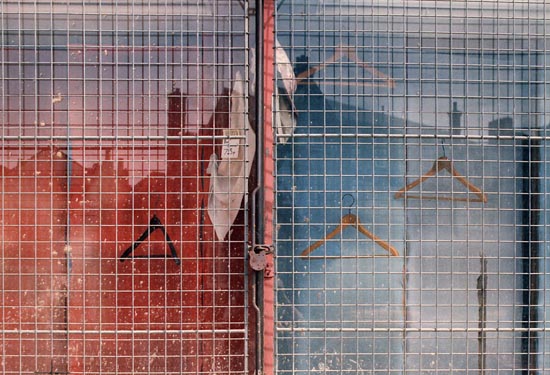Seriously bad photographs were splashed all over the Internet yesterday, and Petapixel has a good selection of these moonshots in People Just Found Out How Bad Smartphones Are at Photographing the Moon.
I got as far as struggling out of bed in the middle of the night – not an unusual event at my age, and having emptied my bladder did put on a coat and wander into the garden looking for the moon, eventually finding it over the roof of the house and realising I could have seen it just by looking out of the bedroom window. I wasn’t too impressed although the moon was half eclipsed and looking rather orange in the darker segment, and went back to bed.
An hour or so later I woke again, and rolled out and took the few steps to peer through the curtains at the now fully eclipsed circle for a second or so before returning under the covers to sleep soundly until my radio alarm came on at the normal hour. As I listened the the news of the eclipse with a woman astronomer waxing lyrical about the experience, it did occur to me that I might have found it slightly more spectacular had I bothered to put my glasses on in the middle of the night.
Several photographer friends did post their moon images on Facebook in the morning, and they were reasonably impressive, certainly standing out among the amateur efforts, some of which were even worse than those featured on Petapixel. But I hadn’t thought it worthwhile trying to photograph the event myself.
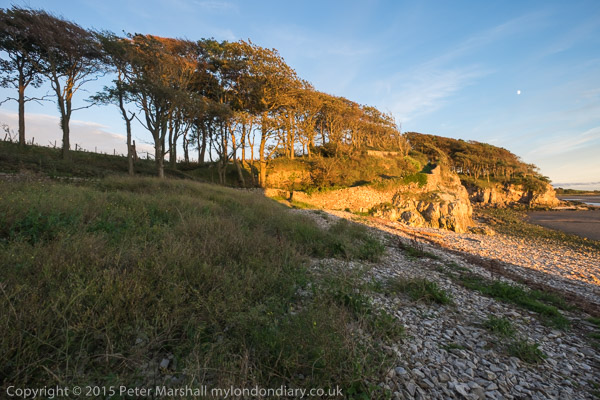
Of course I have photographed the moon on various occasions, but it’s always been disappointing. What looks large and bright always comes out small and dull in my photographs. We seem to always see the moon as much larger than it is, due to some curious feat of mental image processing. That tiny speck in one of my holiday pictures above really did seem quite large in the sky, but on an image this size just looks like some nasty little blob.
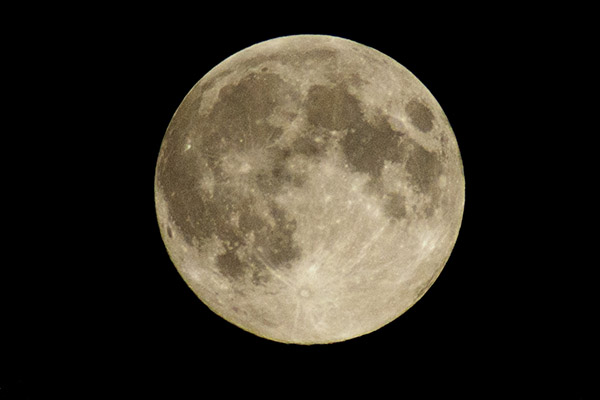
But here is one I took earlier. During one of last year’s three ‘supermoons’ I went out into the back garden and took this hand-held with my 70-300mm lens on the Nikon D800E. The lens isn’t at its best at 300mm, but I stopped down to f8 to give it a chance. Even at ISO 200 I still only needed a shutter speed of 1/1000. For sunlit scenes, the ‘Sunny 16’ rule says 1/ASA at f16; 1/200 f16 gives the same exposure as 1/800 f8, pretty well spot on in this case. The sky wasn’t as dark as it is in the picture – but was a sodium orange from all of the street lights around, and I cheated by darkening it in post-processing.
Even at 300mm, the moon isn’t very large on the full frame, but I cropped it drastically for the above image. It’s hardly exciting, but it does show the difference between using a camera and a phone. And if you want it red, you can ask Photoshop:
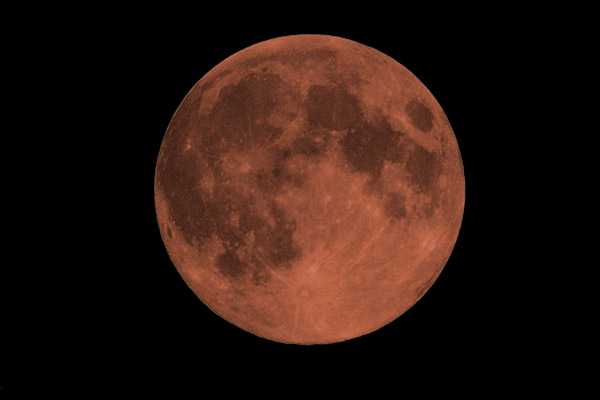
Of course the interesting photographs of the eclipse show the moon in a landscape or frame of some sort; one friend set up his tripod and tried to track the various phases of the event – and by far the most interesting was as it half disappeared behind the chimneys of the house across the road. I think the more dramatic images were probably taken with lenses in the ultra-long range, perhaps 1000mm, and will often have involved making two exposures, one from the moon and a longer one to get detail in the scene and combining the two. Perhaps you could use the HDR mode that some cameras provide.
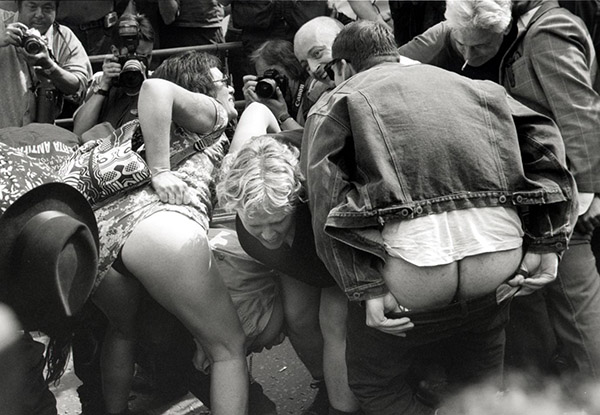
But for a rather more interesting ‘moon’ photograph, here’s one I took 15 years ago outside Buckingham Palace, at a protest by the anarchist Movement Against the Monarchy. They had hoped to have a “2000 bum salute” at their Moon Against the Monarchy in June 2000, but a huge police presence intimidated all but a determined half dozen or so into keeping their backsides covered. Shortly after this picture was taken, a group of police rushed into the crowd and arrested an innocent French tourist, who had the misfortune to be wearing the same style of John Lennon glasses as one of those who had dropped his trousers.
